
CentOS Linux 7, the popular free and open-source Linux distribution based on Red Hat Enterprise Linux, has set its end of life for June 2024. The enterprise operating system, loved by scientists, businesses and developers for its reliability, stability and security, has been a leading technology for web hosting, cloud computing, storage servers, networks and software development.
As users consider whether to migrate to CentOS Stream 9, a new upstream distribution that is designed to be a rolling release of Red Hat Enterprise Linux and is not considered a replacement for CentOS, other competitors stand out as good alternatives.
Jump to:
In the following chart, we note how five CentOS alternatives compare in terms of performance, migration tools and resources, security and compliance, supported architectures, support and lifecycle, and pricing.
| Performance | Migration tools and resources | Security and compliance | Supported architectures | Support and lifecycle | Pricing | |
|---|---|---|---|---|---|---|
| Red Hat Enterprise Linux | Highly reliable and robust. | Yes. | Yes, built-in and automated tools. | x86, ARM, IBM Power, IBM Z, IBM LinuxONE and more. |
24-7 support is free with the paid plan. 10-year lifecycle. Upgrade extensions available. |
Pricing starts at $179. |
| Oracle Linux | Advanced performance and reliability. | Yes. | Yes, built-in tools. | x86 (32-bit), x86-64 (64-bit) and aarch64 (64-bit). |
24-7 support must be purchased. 10-year lifecycle. Upgrade extension available. |
Free to download, use and distribute. Paid versions include Oracle Linux support, Oracle Cloud and Oracle. |
| Rocky Linux | Reliable but under intense development. | Yes, but requires advanced knowledge. | Yes, but requires advanced knowledge. | x86-64-v2, ARM64, ppc64le and s390x. |
Community support and commercial support available. 10-year support and upgrade cycle. |
Free to download, use and distribute. |
| AlmaLinux | Enterprise-grade but under development. | Yes, but requires advanced knowledge. | Yes, but requires advanced knowledge. | x86_64, aarch64, ppc64le and s390x. |
Free community support. Upgrades and year-support lifecycle vary depending on versions. |
Free to download, use and distribute. |
| Fedora | Enterprise- grade, reliable and secure. | Yes, built-in advanced features. | Yes, built-in, advanced features. | x86-64, ARM, PowerPC: PowerPC64 and PowerPC64le, s390x and RISC-V: F. |
Forums, documents, bug programs, mailing lists and chat support. Supports upgrade from one version to the next. |
Free to download, use and distribute. |
NinjaRMM is NinjaOne’s powerful easy-to-use RMM, offering all the features, flexibility, and power MSPs need in a fast-to-setup, easier-to-use package. NinjaRMM gives you complete visibility into and control over your Windows, Mac, and Linux servers, workstations and laptops as well as virtual machines, and networking devices. Our centralized, policy-based management approach puts automation at the center of your endpoint management strategy. NinjaRMM is built for the way MSPs work.
Since the IBM-owned company decided to restrict the free use of Red Hat Enterprise Linux, a divide has been growing among users. The main question is whether to migrate to commercial Linux providers or open-source, non-commercial community-developed enterprise operating systems.
In this complex landscape of imminent migration, some top names stand out as CentOS’s top alternatives: Red Hat Enterprise Linux, Oracle Linux, Rocky Linux, AlmaLinux and Fedora.

The first name that emerges as an alternative to CentOS is naturally Red Hat Enterprise Linux, as it’s the open-source operating system on which CentOS is based. Therefore, many users think that going directly to the source is naturally a good idea, and they’re not wrong.
RHEL has gained its reputation among big enterprises for providing a modern, security-oriented OS. Companies with advanced digital resources, technology stacks and workloads use the OS to scale and perform on-premises, on virtual machines or containers and in the cloud. The OS is certified on hundreds of clouds and with thousands of hardware and software vendors.
Figure A
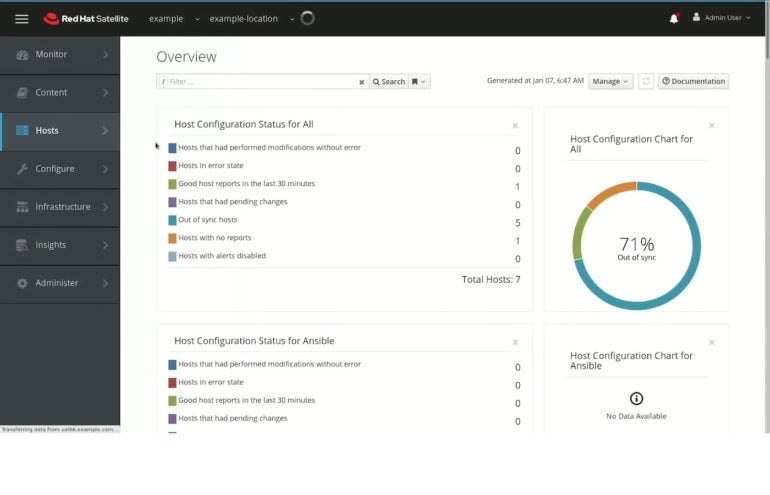
RHEL variants include the Server edition and RHEL Workstations, which are optimized to run on high-performance workstations. Additionally, other versions are Linux for Virtual Datacenters, Linux for IBM Power Little Endian and Linux for SAP Solutions.
Pricing starts at $179 for the Workstation, and the most expensive solution, Linux Virtual Datacenters, starts at $2,499.
SEE: For more information, read Red Hat Enterprise Linux 9.
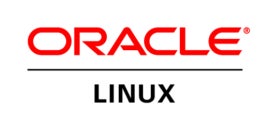
Oracle Linux is another solid alternative for those looking to migrate from CentOS for several reasons. First of all, Oracle Linux is 100% Red Hat Enterprise Linux compatible. It can handle a wide variety of workloads, heavy-duty databases, application servers and DevOps. Additionally, users can migrate from CentOS to Oracle Linux seamlessly using built-in migration features. And, they will benefit from several features that are not available in CentOS.
Fully compatible with RHEL, Oracle offers a choice of two kernels: the Unbreakable Enterprise Kernel for Oracle Linux or the Red Hat Compatible Kernel.
Oracle Linux is a good choice for businesses and organizations that need a stable, reliable and secure operating system. It is also popular among IT and software companies because of the features listed below.
Figure B
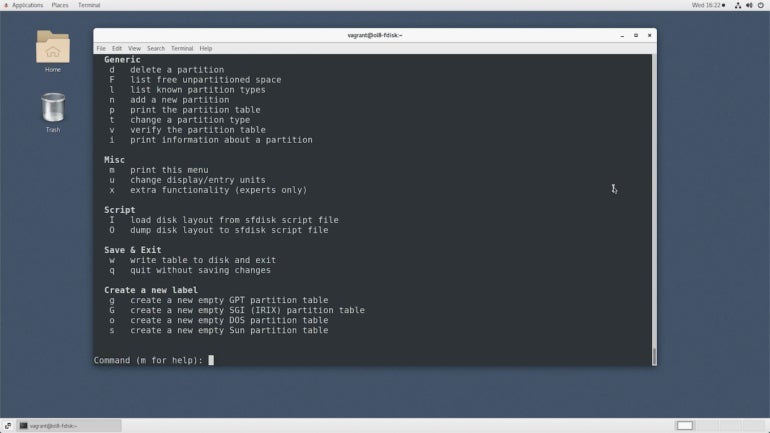
Additional features that are not available in CentOS include:
Oracle Linux basic version is free to download, use and distribute; this includes free source code and updates. The Oracle Cloud Infrastructure pricing can be estimated online and the Linux Support plan pricing is available upon request.
SEE: Is Oracle Linux a valid replacement for CentOS? (TechRepublic)

Rocky Linux is a community-supported Linux distribution that was created when CentOS announced its end-of-life cycle. The project is led by the original founder of CentOS, Gregory Kurtzer.
The OS is designed to be a drop-in replacement for CentOS. It responds to the needs of the CentOS community and has received support from Amazon Web Services, Google Cloud, VMware, Open Source Lab and others.
Rocky Linux is an open-source enterprise operating system designed to be 100% bug-for-bug compatible with Red Hat Enterprise Linux; however, as it is under intensive development by the community, it is not yet risk-free.
Figure C
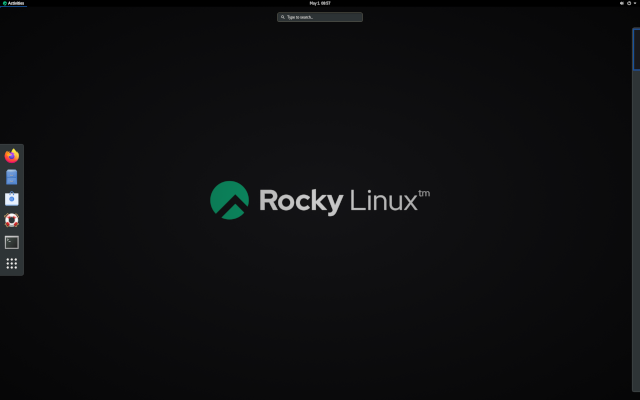
SEE: Learn to use Linux for IT and Sysadmin with this training bundle (TechRepublic Academy)
Rocky Linux is free and provides free upgrades along with a 10-year support lifecycle, all at no cost.
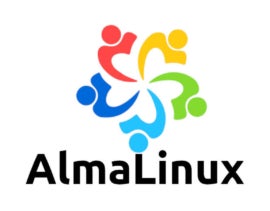
AlmaLinux is another forked version of CentOS, owned and governed by a community of developers. Like RockyLinux, the OS began development when CentOS announced it would no longer offer support or release new versions.
The community behind AlmaLinux assures that the OS will always be free for enterprises, and that they are focused on long-term stability and a robust production-grade platform. The company adopted a Fedora-like distribution for anyone who does not want to pay for RHEL licenses. AlmaLinux is supported by CloudLinux Inc. and other sponsors.
Figure D
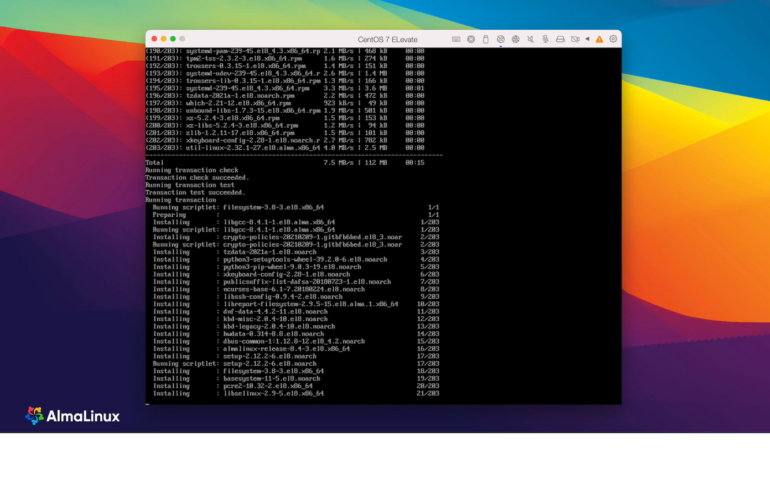
AlmaLinux is free. Upgrades and support provided vary depending on the version.

Fedora is an innovative platform loved by programmers because it provides cutting-edge technology, is reliable and stable, and is a free and open-source OS packed with features.
Fedora is also a community-supported Linux distribution developed by Red Hat. In concept, it compares more to CentOS Stream than to CentOS because it offers rolling release distribution, giving users access to the latest technology. New features and updates are released on a continuous basis. The new features in Fedora are available before they are released in Red Hat Enterprise Linux. Fedora also invests heavily in graphic user experience and provides easy-to-use, high-quality graphics through modern desktops (Figure E).
Figure E
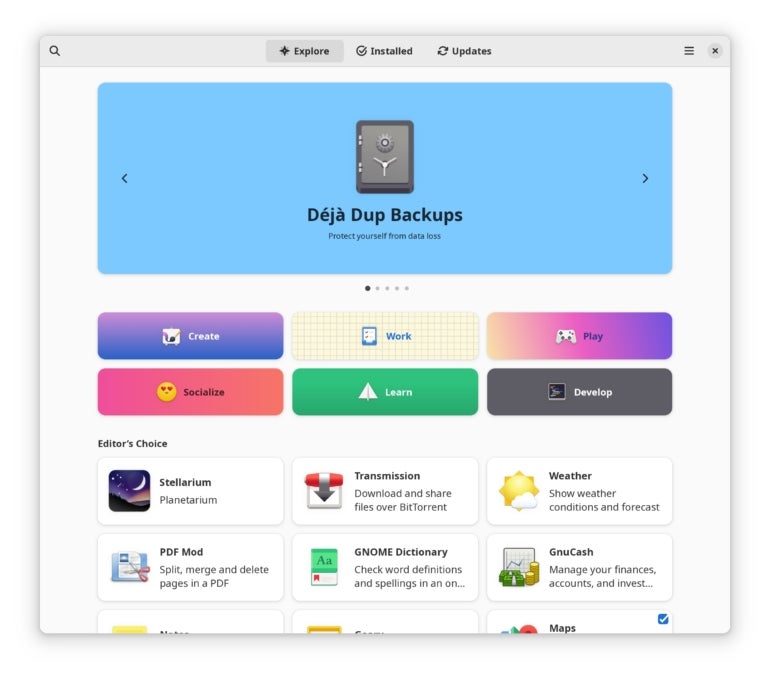
Fedora is free and provides free upgrades from version to version.
CentOS is still a relevant Linux distribution despite it being on the countdown for its end of life. You could think of CentOS as a very good car that the manufacturer is no longer producing. While you can still use the car and it works perfectly, you will not receive upgrades, new versions or support. In the near future, it is expected to become outdated.
No, there will not be a CentOS 9. Red Hat announced it would no longer support CentOS as a downstream distribution of RHEL. This means there will be no new versions of CentOS released after CentOS 8.
However, led by a large community and supported by commercial partners, forks of CentOS such as Rocky Linus and AlmaLinux are being developed. These forks are designed to be 100% compatible with CentOS, so they can be used as a drop-in replacement for CentOS.
While CentOS in 2023 is still a good option, developers and businesses are already looking into migrating to other alternatives.
Having said that, CentOS is still stable, reliable and compatible with a wide range of software in 2023. It is also still free and open-source, and has the support of an active community of users and developers. However, due to the end of CentOS as we know it, it may not be the best choice for everyone in 2023 and beyond.
While the future of CentOS is uncertain, the most likely scenario is that one of the organizations developing forks of it becomes the go-to OS for this community by mid-2024 when it reaches its end of life.
On the other side, from Red Hat’s perspective, the future of CentOS is CentOS Stream, which is a new Linux distribution developed by Red Hat, an IBM-owned company. But CentOS Stream is not a replacement for CentOS — it is a different distribution with a completely different focus. It aims to be at the forefront of development by offering users rolling release distribution to test new features and updates before they are released in RHEL. In this way, it is similar to Fedora; also, both are developed by Red Hat, and both offer rolling releases.
There is no easy answer to this question. When choosing an alternative for CentOS, business leaders should consult with their developers to learn which OS they feel more comfortable with because they will be the ones operating the system.
On the other hand, budget may be a deciding factor, especially for small companies. Additionally, among CentOS users and developers, there is a strong sense of community, support and respect for free open-source projects. Therefore, even if a company has the budget to buy the most expensive licenses, developers may feel more confident and comfortable working with open-source, free technology.
Some users may see the end of life of CentOS as an opportunity to migrate to another OS such as Oracle Linux or Red Hat Enterprise Linux. These more conservative choices offer features that CentOS does not offer.
In the end, the OS you choose must align with your business needs and goals, be flexible, reliable and secure, and provide excellent migration and support. Scaling, automation, upgrades and compliance are also key components to analyze.
CentOS has provided vital services for organizations, companies and developers for many years. While the OS faces the inevitable end of its glory days, there are still solid new and established Linux OS distributions in the market.
From CentOS-inspired community OSs like Rocky Linux or AlmaLinux, to a cutting-edge OS like Fedora, or the big names of Oracle and Red Hat Linux, the options are as diverse as they are rich. It will be up to every business to decide which Linux distribution fits their operational needs.
To write our review and evaluate CentOS competitors and alternatives, we examined sites that compile aggregate data based on verified user reviews. We also reviewed demos on vendor sites, test-drove the software when possible and scoured through the official sites of all OS providers’ features in this report to evaluate their software, customer service, user-friendliness, price, scalability and more.